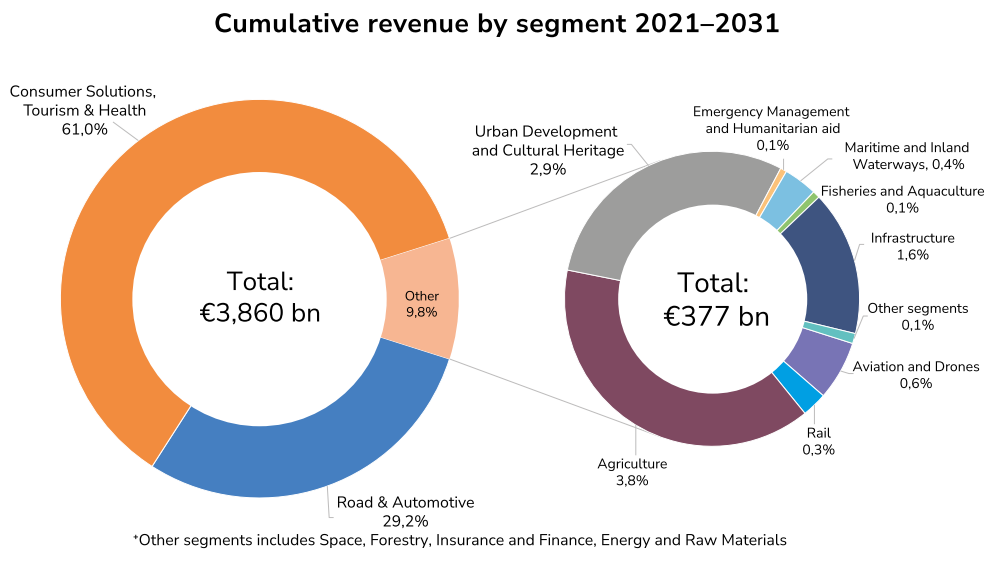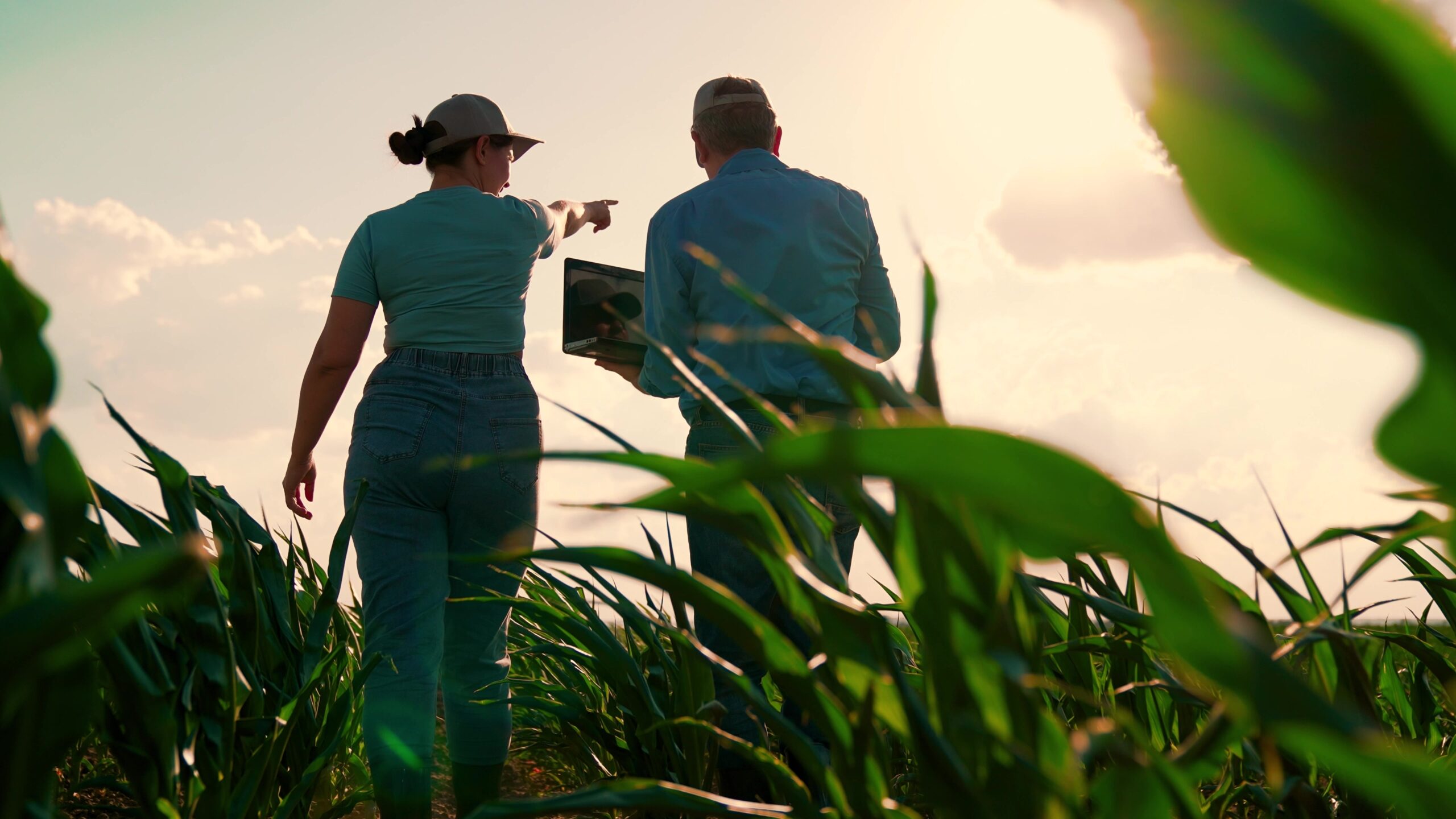
Enhancing Precision Agriculture
Explore how GNSS technology is revolutionizing precision farming and how the MAGDA project’s cutting-edge environmental monitoring elevates its impact on sustainable agriculture across Europe.
Global Navigation Satellite Systems (GNSS), encompassing constellations like GPS, GLONASS, Galileo, and BeiDou, have been instrumental in numerous industries, and agriculture is no exception. The integration of GNSS in agricultural practices is proving to be a keystone for modern farming, leading to what is often termed ‘precision agriculture.’
Precision agriculture is a farming management concept that uses GNSS for the spatial and temporal variability associated with environmental and field aspects like crop yield, water vapour and soil characteristics. This approach to farming enables a more detailed understanding and management of the fields, leading to efficient resource use, improved productivity, and reduced environmental impact.
The significance of GNSS in agriculture is underscored by the projected growth in the GNSS market. According to the last EUSPA market report[1], the GNSS downstream market revenues, from devices and services, are expected to grow from €199 billion in 2021 to €492 billion in 2031, with a Compound Annual Growth Rate (CAGR) of 9.2%. Within this growth, the agriculture sector is expected to account for a substantial share.

By 2031, agriculture is projected to generate more than 37% of the remaining revenues outside of the road and consumer solutions sectors, reflecting the increasing reliance on GNSS technology in this field by becoming the third most important sector for the technology (Figure 1).
The application of GNSS in agriculture extends beyond basic location tracking. It facilitates precision in planting, where seeds can be sowed at optimal depths and spacing. GNSS-guided machinery allows for accurate mapping of farm plots, which can lead to precise applications of fertilizers and pesticides, thus minimizing waste and reducing chemical runoff into nearby ecosystems. Moreover, GNSS plays a pivotal role in harvest planning and logistics, ensuring that crops are harvested at their peak and reach markets efficiently.
With the advent of satellite-driven irrigation advisory the potential for GNSS to contribute to irrigation efficiency is substantial. By accurately measuring the soil’s moisture content, GNSS can inform irrigation systems to water crops at the precise times and in the exact amounts needed, optimizing water use and supporting sustainable water management practices.
The data and analytics derived from GNSS applications can inform agricultural policy, guide research and development, and even affect crop insurance models by providing accurate records of farming practices and outcomes.
Within the context of GNSS’s expanding role in agriculture, the MAGDA project emerges as a significant contributor, offering added value through its innovative approach to environmental monitoring and data assimilation. Together with in-situ sensors and Meteodrones, the project utilizes advanced GNSS-based IoT sensors and advanced GNSS data processing algorithms to provide atmospheric water vapor and soil moisture measurements. These inputs are crucial for the enhancement of meteorological and hydrological models used in precision agriculture. By integrating such high-resolution data, the MAGDA project enables more accurate weather forecasts and irrigation strategies, directly benefitting farmers by improving crop management and yield predictions. Furthermore, MAGDA’s demonstration sites in diverse agricultural contexts—from the vineyards of France to the cereal fields of Romania and the orchards of Italy—underscore its role in validating the efficacy of GNSS applications across varied European landscapes. This leads to tailored solutions that can be adapted to different agricultural needs and conditions, enhancing the sustainability and efficiency of farming practices continent-wide.
Looking ahead, the integration of GNSS technology into agricultural practices is expected to become even more widespread, driven by the demand for sustainable farming practices and the need to feed a growing global population. With the GNSS market’s projected expansion, particularly within the service sector, the agriculture industry is poised to benefit from advances that will enhance precision farming, promote environmental stewardship, and foster economic sustainability. As such, the importance of GNSS for the future of agriculture cannot be overstated, as it represents a critical tool for ensuring food security and advancing the agricultural sector in the 21st century.
Authors
Stefano Barindelli, Eugenio Realini
References
EUSPA EO and GNSS Market Report, 2022, Issue 1
https://www.magdaproject.eu/about-us/
Keywords
GNSS, agriculture, innovation, MAGDA, reflectometry, meteorology


